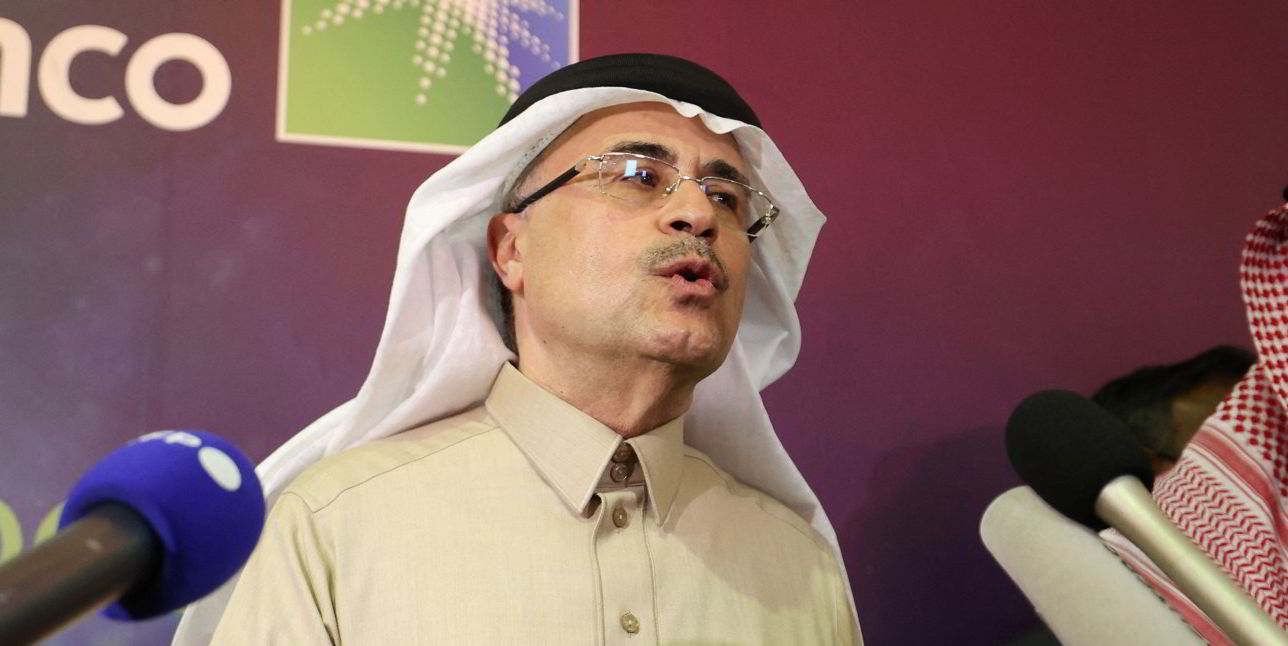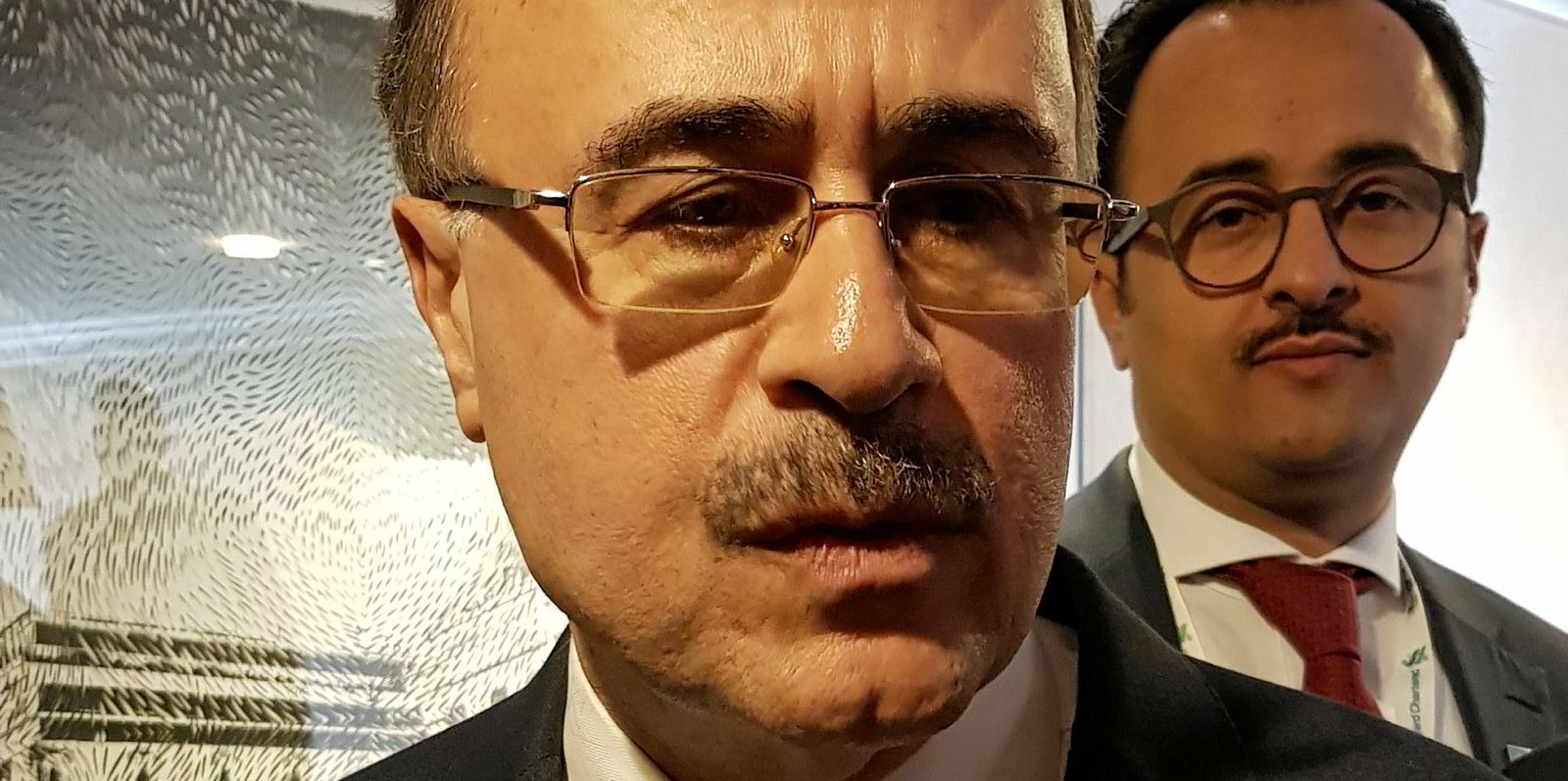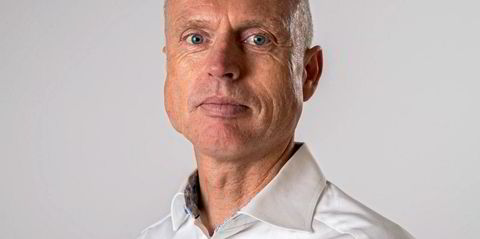On Sunday Saudi oil giant Aramco reported record earnings of $48.4bn for the second quarter of its 2022 financial year, a 90% year-on-year increase and represents the highest earnings for the world’s top oil exporter.
For the company’s main shareholder — the Saudi Arabian government — it has been a very lucrative year so far as the oil giant paid out dividends totalling $37.6bn, evenly split between the first two quarters, from the $87.9bn earned during the first half of 2022.
These earnings come at a time when European and US leaders have been pleading with Saudi Arabia and other Opec countries to ramp up production to cool sky-high oil prices caused by Russia’s invasion of Ukraine.
From a commercial perspective, it is hard to see why oil-producing countries would want lower oil prices right now.
Pumping more of their precious oil for a lower return doesn’t fit the for-profit business model at a time when demand is strong as Europe tries to wean itself from Russian oil.
Those higher crude oil prices clearly had the biggest impact on Aramco’s strong financials, which it said were driven by higher crude oil prices and volumes sold, as well as strong refining margins during the second quarter and higher downstream margins in the first half of 2022.
Aramco did increase its production capacity year on year, but only by a relatively small margin.
Back in the first half of 2021 Aramco’s total hydrocarbons output from both oil and gas averaged around 11.5m barrels of oil equivalent per day. The company said on Sunday that during the second quarter of 2022 it was producing on average 13.6m barrels of oil equivalent per day.
Aramco President and CEO Amin Nasser went to great lengths to explain how the company was working to increase production from multiple energy sources — including oil and gas, as well as renewables, and blue hydrogen.
“We are progressing the largest capital programme in our history, and our approach is to invest in the reliable energy and petrochemicals that the world needs, while developing lower-carbon solutions that can contribute to the broader energy transition,” Nasser explained.
Capital expenditure increased by 25% to $9.4bn in the second quarter and by 8% to $16.9bn for the first half of 2022, compared to the same periods in 2021.
On the crude oil side, Aramco said back in June that it was targeting 11m barrels per day in August but could sustainably pump 12m barrels a day.
That is comforting to know, but at the end of the day, the decision on whether to increase production in the immediate future does not lie with Nasser nor his peers heading the oil-producing companies owned by other Opec member countries.
That decision lies with the Saudi Arabian government in Aramco’s case, as well as the Opec Board of Governors, which comprises the oil ministers of member countries that currently are rolling in money.
For them, domestic and international politics play as strong a role in decision-making as economics. Right now most countries are looking to shore up their cash reserves after dolling out enormous pandemic bailouts, and high oil prices are helping them do just that.






